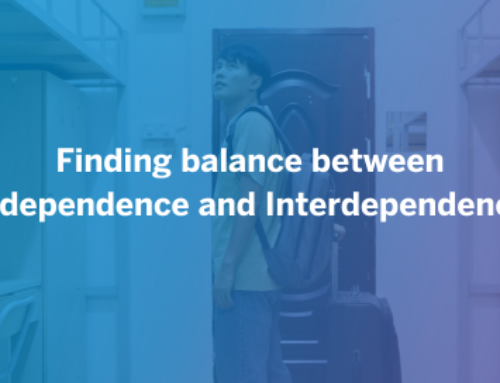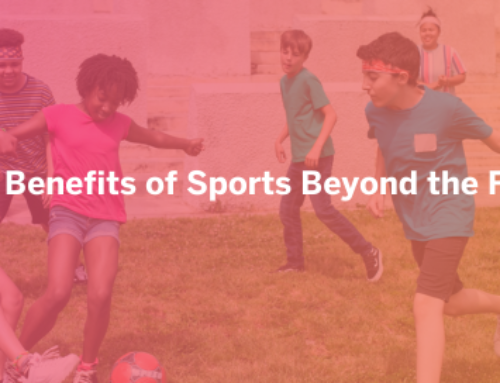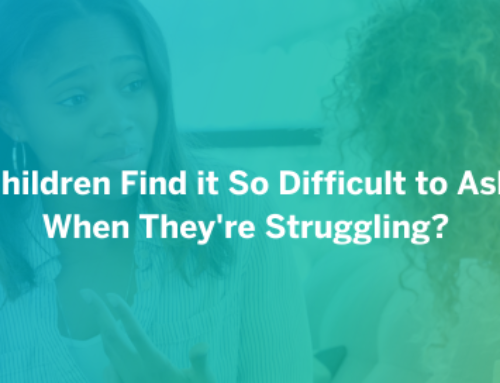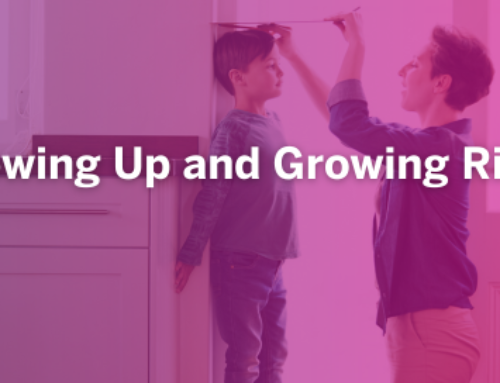
“Why did you do drugs?” Some version of this simple thought-provoking question frequently finds its way into the question section of my presentation. I’m forced to do a double-take. I just answered that question. I explained what led me to drug use and what drug use led to; that is the essential outline of my story. Yet I need to answer this question again, this time in only a couple of sentences. It feels wrong to simplify something that feels so complicated. And still, to a large degree, the answer is given in two words: “peer pressure.”
Those Untroubled Kids
Like many adolescents, I felt anxious and confused a lot of the time. Unaware of the true experiences of others, I believed that my story was strange. I looked forward to growing out of it and becoming like others, who I believed received the blueprint to life that I lacked. This was the background to my strong desire to become one of “the guys.” While I didn’t like to think of it this way, if 14-year-old Danny read this paragraph, I can only imagine him feeling seen and heard very deeply. I see the eyes of many students light up when I detail my adolescent brain’s impression that the clique didn’t seem to need to struggle with feeling weird, different, behind, or otherwise disturbed in any way.
In high school, my clique felt like it offered me more than my friendships with some of the more inclusive, overtly supportive peers of mine. It meant something to me to be friends with these people. Looking back, I can see where I became them, and not the Danny whom I have come to love now. Family members who have watched my evolution in sobriety have told me that I feel so much like Danny again.
The Story Beneath the ‘Cool’
I have remarked before that it sometimes feels like the attitude of a loud, ‘cool,’ preadolescent is impenetrable by way of vulnerable conversation. Their mask and costume are almost convincing sometimes. However, I have been that obnoxious middle schooler, and I needed a real friend so badly. I needed a message about true friendship. I frequently watch students who seem to be laughing with their friends during my presentation approach to discuss their genuine concern for their well-being and relationships.
The most powerful conversations I have after presentations are with those students who come up to talk about their fear of moving differently than their ‘crew.’ They are afraid that they will lose their friends and their status if they don’t engage in the same lifestyle. Students want to stick around and discuss this. It is a major fear. So much work can be done when we talk honestly, without fear of embarrassment. What a brave thing to say to an adult that you just met.
The Power of Peer Support
Sometimes a student’s solution to their concern is standing right next to them. A friend came up to the speaker with them. Sometimes two! This brave student has someone in their life that gets it. Someone else is willing to be a scared and sometimes broken adolescent with them. “Do you have someone that you could tell your worst feelings to at any moment, and they would care enough to stop in their tracks and listen?” “Yes,” they say, pointing to that student who came up with them. I tell them that instead of admitting that I was insecure, I turned to the group and made sure to always move with a pack of false confidence. Then one day, after experiencing all the pain that I detailed in my story, I looked up and realized I had nobody.
In treatment, I found what they have standing right next to them. Not someone that cared that I ‘vibed’ with them, but somebody I could be insecure, unsure, and anxious around. I found out what friendship was. That was the start of my recovery. That real friend next to them is worth 100 cliques. Seeing the warmth between them when I discuss the value of these relationships is inspiring. Returning to these schools semester after semester and receiving letters from the students, we have the tremendous opportunity to watch some of these students and their friendships prosper.
Many of these friendly, struggling students continue to follow up with us after our presentations. They become very easy to reach. We see them again and again, sitting with those friends. They agree to take action by discussing their struggles with trusted adults, including a school counselor. After a year and a half of speaking in classrooms, I have learned that their friendships are a crucial protective factor in their development. Reassuring their true social connections and the value of their friendships is an essential aspect of our prevention effort.
The Danger of Fitting In
We hear from a lot of struggling students. I have learned that one of the biggest difference makers in their outcomes is their social circle. Some students come up to us to ask for help in relative secrecy. These students are fully embedded in their cliques, and we are often surprised to see them approach. They tell us they are struggling in silence. They know they can’t stop vaping, and they are scared. All of their friends encourage their dangerous behavior. These students frequently come to ask for help but rarely stay to continue the conversation. They may briefly approach the topic again, but many of these students prefer to pretend they never admitted how scared they were in the first place. The idea of going against the grain of their social circle is seemingly scarier than drug addiction to some students.
Developmental research has indeed revealed that for adolescents, perceived peer risk appraisals are among the strongest predictors of substance use initiation. [1] Research has revealed that when discussing risks with adolescents, their actual risk perception gradually trends towards their peers, regardless of previous associations. [2] Substance use prevention must then seek to counter peer normative pressures early.
Our Responsibility at LSIS
When training to start speaking at LSIS, I was amazed by the emphasis that was placed on the aspects of my story related to socio-emotional development. I learned that the prevention effort at LSIS doesn’t just focus on the danger of drugs. With a foot always in research, we understand that promoting knowledge and awareness is the essential aspect of prevention while also being keenly aware that teenagers are frequently willing to go to any lengths for popularity and acceptance.
As a speaker, it is my job to reach the students who are seeking this dangerous form of validation. I was that student. Validation did not make me okay. It did not help. I was in the clique. We struggled in silence. I lied compulsively. My best friends, the most popular kids in the grade, suffered from severe depression, suffered through their parents’ divorces, suffered through intense anxiety, through drug addiction, in silence. If we want to use the term ‘friend’ accurately, none of us were friends. When I tell this story and describe these emotions, I hope that it inspires people to stick to the real friends that they have and to look honestly at the internal experience that they may be desperately trying to ignore.
By: Danny Z
Danny is a in house LSIS Prevention Speaker.








Leave A Comment